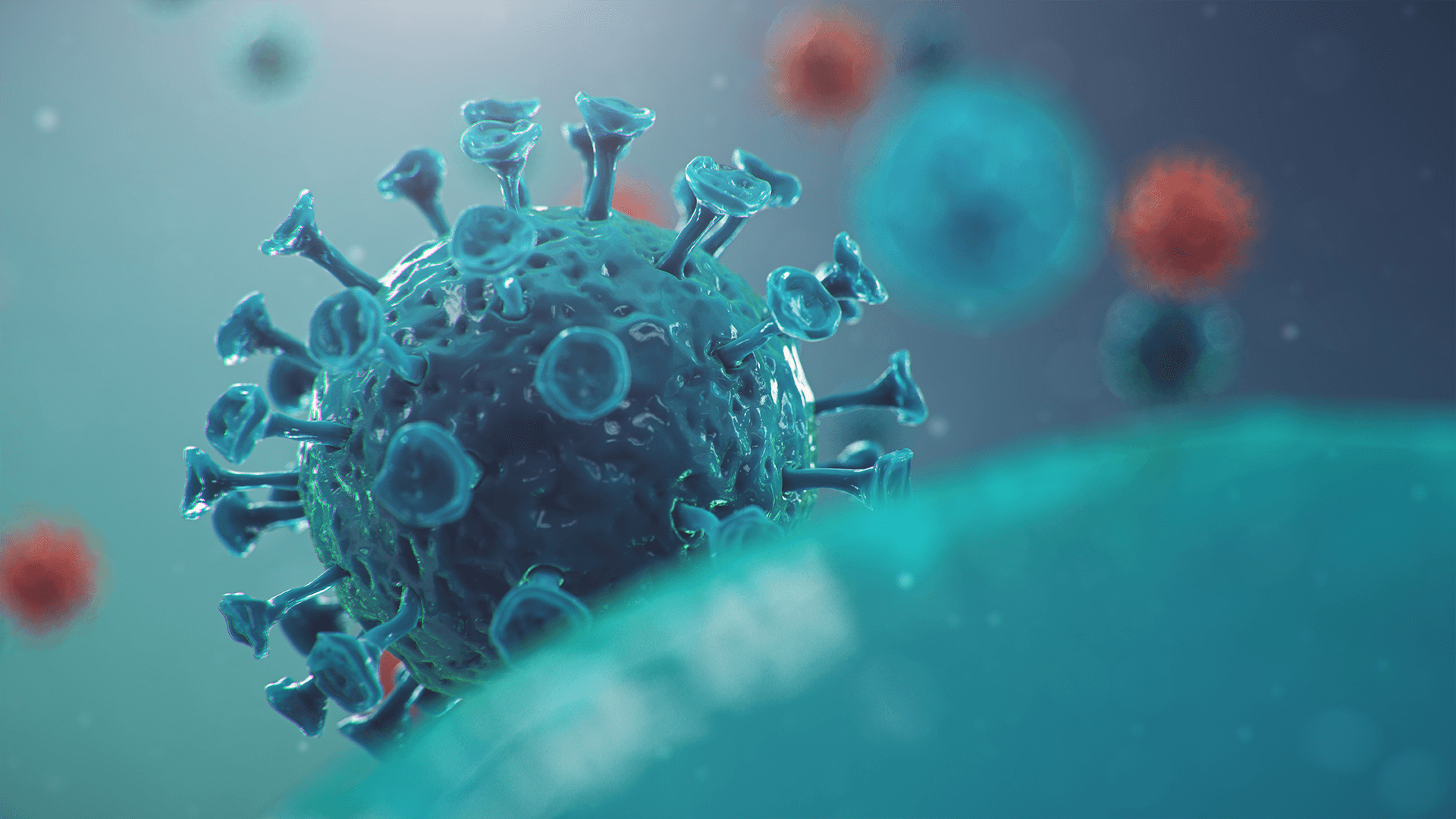We found 53 results that contain "time"
Posted on: #iteachmsu


Posted by
almost 2 years ago
What is C++?
C++ is a cross-platform language that can be used to create high-performance applications.
C++ was developed by Bjarne Stroustrup, as an extension to the C language.
C++ gives programmers a high level of control over system resources and memory.
The language was updated 4 major times in 2011, 2014, 2017, and 2020 to C++11, C++14, C++17, C++20.
C++ is a cross-platform language that can be used to create high-performance applications.
C++ was developed by Bjarne Stroustrup, as an extension to the C language.
C++ gives programmers a high level of control over system resources and memory.
The language was updated 4 major times in 2011, 2014, 2017, and 2020 to C++11, C++14, C++17, C++20.
Disciplinary Content
Posted on: #iteachmsu


Posted by
almost 2 years ago
Full blood counts
Department of Haematology
Notes
Full blood counts are performed on automated equipment and provide haemoglobin concentration, red cell indices, white cell count (with a differential count) and platelet count.
The presence of abnormal white cell and red cell morphology is flagged by the analysers.
Blood films may be inspected to confirm and interpret abnormalities identified by the cell counter, or to look for certain specific haematological abnormalities.
Grossly abnormal FBC results and abnormal blood films will be phoned through to the requestor.
There is no need to request a blood film to obtain a differential white count. It is, however, important that clinical details are provided to allow the laboratory to decide whether a blood film, in addition to the automated analysis, is required.
Under some circumstances a differential is not routinely performed, e.g. pre-op, post-op, antenatal and postnatal requests.
Full Blood Counts are performed at CGH and GRH
See also: Reticulocyte Count
The FBC comprises the following tests
Standard
Haemoglobin (Hb)
White Blood Count (WBC)
Platelet Count (Plt)
Red Cell Count (RBC)
Haematocrit (HCT)
Mean Cell Volume - Red cell (MCV)
Mean Cell Haemoglobin (MCH)
Differential White Cell Count (where applicable)
Neutrophils
Lymphocytes
Monocytes
Eosinophils
Basophils
And if appropriate
Blood Film
Sample Requirements
2ml or 4ml EDTA sample or a Paediatric 1ml EDTA sample.
EDTA with cap
1ml Paediatric EDTA
Sample Storage and Retention
Pre analysis storage: do not store, send to laboratory within 4 hours.
Sample retention by lab: EDTA samples are retained for a minimum of 48 hours at 2-10°C
Transport of samples may affect sample viability, i.e. FBC results will degenerate if exposed to high temperatures, such as prolonged transportation in a hot car in summer.
This test can be added on to a previous request as long as there is sufficient sample remaining and the sample is less than 24 hours old.
Turnaround Times
Clinical emergency: 30 mins
Other urgent sample: 60 mins
Routine: within 2 hours
Reference Ranges
If references ranges are required for paediatric patients please contact the laboratory for these.
Parameter Patient Reference Range Units Haemoglobin Adult Male 130 - 180 g/L Adult Female 115 - 165 g/L Red Cell Count Adult Male 4.50 - 6.50 x10^12/L Adult Female 3.80 - 5.80 x10^12/L Haematocrit Adult Male 0.40 - 0.54 L/L Adult Female 0.37 - 0.47 L/L Mean Cell Volume Adult 80 - 100 fL Mean Cell Haemoglobin Adult 27 - 32 pg White Cell Count Adult 3.6 - 11.0 x10^9/L Neutrophils Adult 1.8 - 7.5 x10^9/L Lymphocytes Adult 1.0 - 4.0 x10^9/L Monocytes Adult 0.2 - 0.8 x10^9/L Eosinophils Adult 0.1 - 0.4 x10^9/L Basophils Adult 0.02 - 0.10 x10^9/L Platelet Count Adult 140 - 400 x10^9/L
Department of Haematology
Notes
Full blood counts are performed on automated equipment and provide haemoglobin concentration, red cell indices, white cell count (with a differential count) and platelet count.
The presence of abnormal white cell and red cell morphology is flagged by the analysers.
Blood films may be inspected to confirm and interpret abnormalities identified by the cell counter, or to look for certain specific haematological abnormalities.
Grossly abnormal FBC results and abnormal blood films will be phoned through to the requestor.
There is no need to request a blood film to obtain a differential white count. It is, however, important that clinical details are provided to allow the laboratory to decide whether a blood film, in addition to the automated analysis, is required.
Under some circumstances a differential is not routinely performed, e.g. pre-op, post-op, antenatal and postnatal requests.
Full Blood Counts are performed at CGH and GRH
See also: Reticulocyte Count
The FBC comprises the following tests
Standard
Haemoglobin (Hb)
White Blood Count (WBC)
Platelet Count (Plt)
Red Cell Count (RBC)
Haematocrit (HCT)
Mean Cell Volume - Red cell (MCV)
Mean Cell Haemoglobin (MCH)
Differential White Cell Count (where applicable)
Neutrophils
Lymphocytes
Monocytes
Eosinophils
Basophils
And if appropriate
Blood Film
Sample Requirements
2ml or 4ml EDTA sample or a Paediatric 1ml EDTA sample.
EDTA with cap
1ml Paediatric EDTA
Sample Storage and Retention
Pre analysis storage: do not store, send to laboratory within 4 hours.
Sample retention by lab: EDTA samples are retained for a minimum of 48 hours at 2-10°C
Transport of samples may affect sample viability, i.e. FBC results will degenerate if exposed to high temperatures, such as prolonged transportation in a hot car in summer.
This test can be added on to a previous request as long as there is sufficient sample remaining and the sample is less than 24 hours old.
Turnaround Times
Clinical emergency: 30 mins
Other urgent sample: 60 mins
Routine: within 2 hours
Reference Ranges
If references ranges are required for paediatric patients please contact the laboratory for these.
Parameter Patient Reference Range Units Haemoglobin Adult Male 130 - 180 g/L Adult Female 115 - 165 g/L Red Cell Count Adult Male 4.50 - 6.50 x10^12/L Adult Female 3.80 - 5.80 x10^12/L Haematocrit Adult Male 0.40 - 0.54 L/L Adult Female 0.37 - 0.47 L/L Mean Cell Volume Adult 80 - 100 fL Mean Cell Haemoglobin Adult 27 - 32 pg White Cell Count Adult 3.6 - 11.0 x10^9/L Neutrophils Adult 1.8 - 7.5 x10^9/L Lymphocytes Adult 1.0 - 4.0 x10^9/L Monocytes Adult 0.2 - 0.8 x10^9/L Eosinophils Adult 0.1 - 0.4 x10^9/L Basophils Adult 0.02 - 0.10 x10^9/L Platelet Count Adult 140 - 400 x10^9/L
Navigating Context
Posted on: #iteachmsu



Posted by
over 4 years ago

Overall, a recruiting dashboard:
Provides a graphical representation of your data and makes it easy to see highlights and identify trends or issues
Removes the data clutter and gives you the intelligence you need to take decisive action
Reduces decision-making time
https://targetrecruit.com/a-perfect-recruiting-dashboard/
Provides a graphical representation of your data and makes it easy to see highlights and identify trends or issues
Removes the data clutter and gives you the intelligence you need to take decisive action
Reduces decision-making time
https://targetrecruit.com/a-perfect-recruiting-dashboard/
Navigating Context
Posted on: #iteachmsu



Posted by
over 4 years ago

Management theories help organizations to focus, communicate, and evolve. Using management theory in the workplace allows leadership to focus on their main goals. When a management style or theory is implemented, it automatically streamlines the top priorities for the organization. Management theory also allows us to better communicate with people we work with which in turn allows us to work more efficiently. By understanding management theory, basic assumptions about management styles and goals can be assumed and can save time during daily interactions and meetings within an organization.
Navigating Context
Posted on: #iteachmsu


Posted by
over 4 years ago
Looking back thousands of years we can find components of organizational behavior. Famous philosophers like Plato and Aristotle discussed key components of today’s organizations including the importance of leadership and clear communication. While these seem like very basic and broad concepts today, at the time they were innovative ideas and helped to lay the foundation for organizational behavior.
Disciplinary Content
Posted on: #iteachmsu


Posted by
over 4 years ago
Emphasize higher-order thinking:
The educator emphasizes questions that require higher-order thinking (analysis, evaluation, application, interpretation, and making connections) rather than surface-level questions that merely test recall. Though it is acceptable to include lower-order questions at the beginning of the lesson or at points when students need to establish meaning in the text, students should be spending most of their time thinking beyond the surface of the text.
PPTX
The educator emphasizes questions that require higher-order thinking (analysis, evaluation, application, interpretation, and making connections) rather than surface-level questions that merely test recall. Though it is acceptable to include lower-order questions at the beginning of the lesson or at points when students need to establish meaning in the text, students should be spending most of their time thinking beyond the surface of the text.
PPTX
Posted on: #iteachmsu



Posted by
over 4 years ago

Critical Component #4: Social and Emotional Safety
Creating a safe climate takes time and work. These are some of the most important components:
Active teaching of social-emotional skills
Attention to creating positive relationships
Bullying prevention and intervention
Creating a safe climate takes time and work. These are some of the most important components:
Active teaching of social-emotional skills
Attention to creating positive relationships
Bullying prevention and intervention
Disciplinary Content
Posted on: #iteachmsu


Posted by
over 4 years ago
It is recommended that rising educators visit the same learning environment (and not their own classrooms where they are students) as observers at least two times for at least 40 minutes per visit. These observations will form the source material for demonstrating what the rising educator learned about classroom culture in the micro-credential submission.
